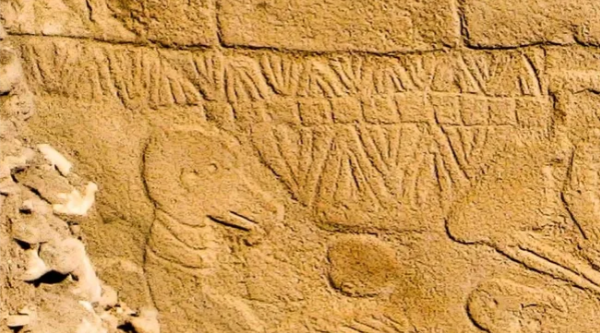
- A-
- A
- A+
Ari Jónsson uses algae to create biodegradable water bottles
Jónsson – who studies at the Iceland Academy of the Arts – exhibited the project during this year's Reykjavik design festival DesignMarch from 10 to 13 March 2016.
He began studying the strengths and weaknesses of different materials to determine what could be suitable for use as a water bottle. Eventually he came across a powdered form of agar, a substance made from algae.
When agar powder is added to water, it forms a jelly-like material. After experimenting to find the right proportions, Jónsson slowly heated the substance before pouring it into a bottle-shaped mould that had been kept in the freezer.
He then rotated the mould while submerged in a bucket of ice-cold water, until the liquid inside has taken the shape of the bottle.
It was then placed in a refrigerator for a few minutes before the agar bottle was extracted from the mould.
As long as the bottle is full of water, it will keep its shape, but as soon as it is empty – it will begin to decompose.
"If it fails, or if the bottom is too thin or it has a hole in it, I can just reheat it and pour it into the mould again," said Jónsson.
As the bottle is made from 100 per cent natural materials, the water stored inside it is safe to drink – although Jónsson noted that after a while it may extract a small amount of taste from the bottle.
He even suggested that if the user likes the taste, they should bite the bottle itself when you have finished drinking.
Similar News
Links



 Elm TV
Elm TV
 Photo
Photo
 Video
Video





